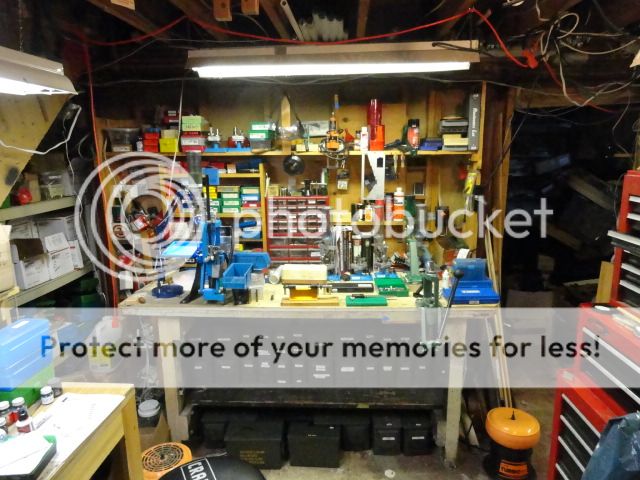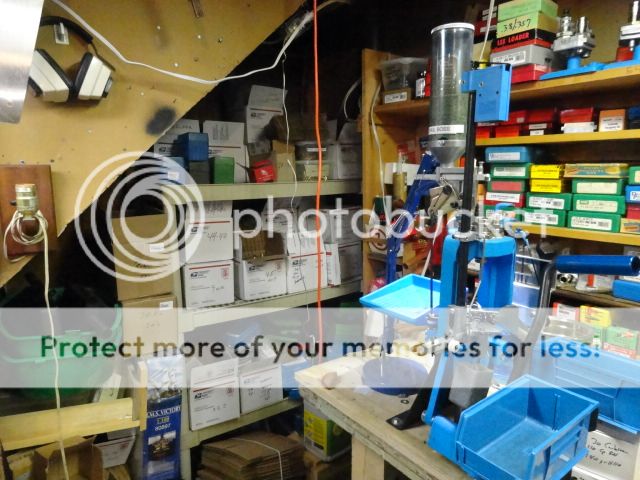- Joined
- Jan 11, 2010
- Messages
- 280
- Likes
- 67
I'm thinking of buying one or both of these machines but have held off due to the negative reviews on loading cast boolits. Basically the lack of properly sized "m" die style powder funnels for straight-walled cartridges, and the total lack of neck expansion for bottleneck.
Do any of you using these machines have any feedback? I've searched around and see that others have similar issues with cast. Some people have had custom funnels created - but there doesn't seem to be a consistent source for these other then custom.
I know I have another thread asking about the giraud trimmer, but has anyone used the Dillon trimmer on their press?
Do any of you using these machines have any feedback? I've searched around and see that others have similar issues with cast. Some people have had custom funnels created - but there doesn't seem to be a consistent source for these other then custom.
I know I have another thread asking about the giraud trimmer, but has anyone used the Dillon trimmer on their press?


